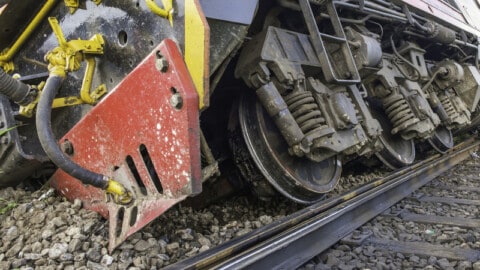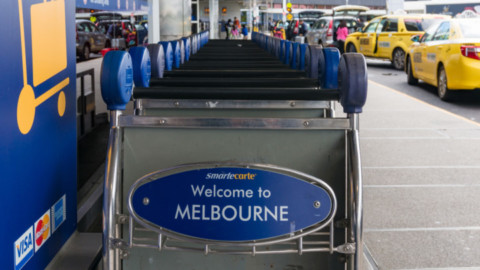A new report from global management consulting firm L.E.K. Consulting has found the rapid ascent of ride-hailing and ride-sharing services such as Uber are changing how consumers get to and from airports.
According to the report, The Future of Airport Ground Access: How Airports Can Respond to Disruption, between 2014 and 2017, the percentage of US business traveller spending on ride-sharing and ride-hailing services, also known as Transportation Network Companies (TNCs), grew by more than 50 per cent, from just eight per cent to a staggering 62 per cent.
According to the report, ground transport revenue can represent a quarter — and frequently more — of total airport revenue.
With TNCs generating substantially less money per passenger than parking, taxis or rental cars, their growth threatens to undermine this important revenue stream.
Airports are a key battleground for TNCs, with airport-related trips accounting for around 25 per cent of their revenue, so the pressure is likely to remain and, left unchecked, it has the potential to hurt airports’ bottom line.
“If airports fail to act now, they face a real threat to their financial performance as consumer use of TNCs continues to increase and even more technological and business disruption is on the horizon,” Mark Streeting, Partner at L.E.K. Consulting and co-author of the report said.
“The good news is that airport operators can take steps to protect the revenue from their ground transport operations.”
Ashish Khanna, Partner, Global Co-Head of New Mobility at L.E.K. Consulting and report co-author, said, “Within this changing ecosystem, there are opportunities for forward-thinking airports to monetise ground access in different ways, increase intimacy with passengers and improve employee access.”
L.E.K. recommends the following short-term and long-term actions for airports to futureproof their financial performance and return on these assets:
- Ensure that ground access and parking pricing provides appropriate economic signals. Now a strategic imperative, airports need to consider the role and impact of pricing as a demand management tool. “The key is in setting the right pricing signals to maximise asset utilisation and customer choice, while managing congestion,” Mr Streeting said.
- Differentiate between curbside and other pickup/drop-off areas. “Curbside access is the most valuable ground access area, and yet it is often the most congested and rarely monetised,” Mr Streeting said. “In the future, remote drop-offs may become the norm for passengers at many airports, with curbside access treated as a premium paid product, as we are seeing in some US and UK airports.”
- Take a broader view of the importance of the passenger and employee experience, especially in the digital age. L.E.K. suggests that airports of the future will start taking more ownership of the passenger experience and use digital information and communication channels to improve passengers’ ground access experience. “As transport technologies continue to develop, airports will have more options to differentiate the passenger experience. These range from long-term prospects, such as airport-owned/operated automated fleets delivering pickup/drop-off services, to shorter term opportunities, such as optimising the use of employee parking through forward knowledge of passenger volumes,” Mr Khanna said.
- See disruption as an opportunity to improve long-term performance. Possibly the single most important factor to success, airports must be proactive rather than reactive. “The pace at which mobility trends will mature and interact, and which ones achieve widespread adoption is both uncertain and complex,” Mr Streeting said. What is certain is that the use of tailored strategies to manage key trade-offs will ultimately determine which airports are able to optimise shareholder returns.
“Airports need to act now to proactively think through how they will profit from new mobility trends,” Mr Streeting said. “By breaking their activities into short-term tactical measures and long-term strategic goals, they will be able to benefit from financial, operational and reputational improvements.”
















